Gallery Network
Spotlight: How Artist Biala Left Her Mark on 20th-Century Modernism
Spending much of her career in both New York and Paris, Biala influenced—and was influenced by—both city's art scenes.
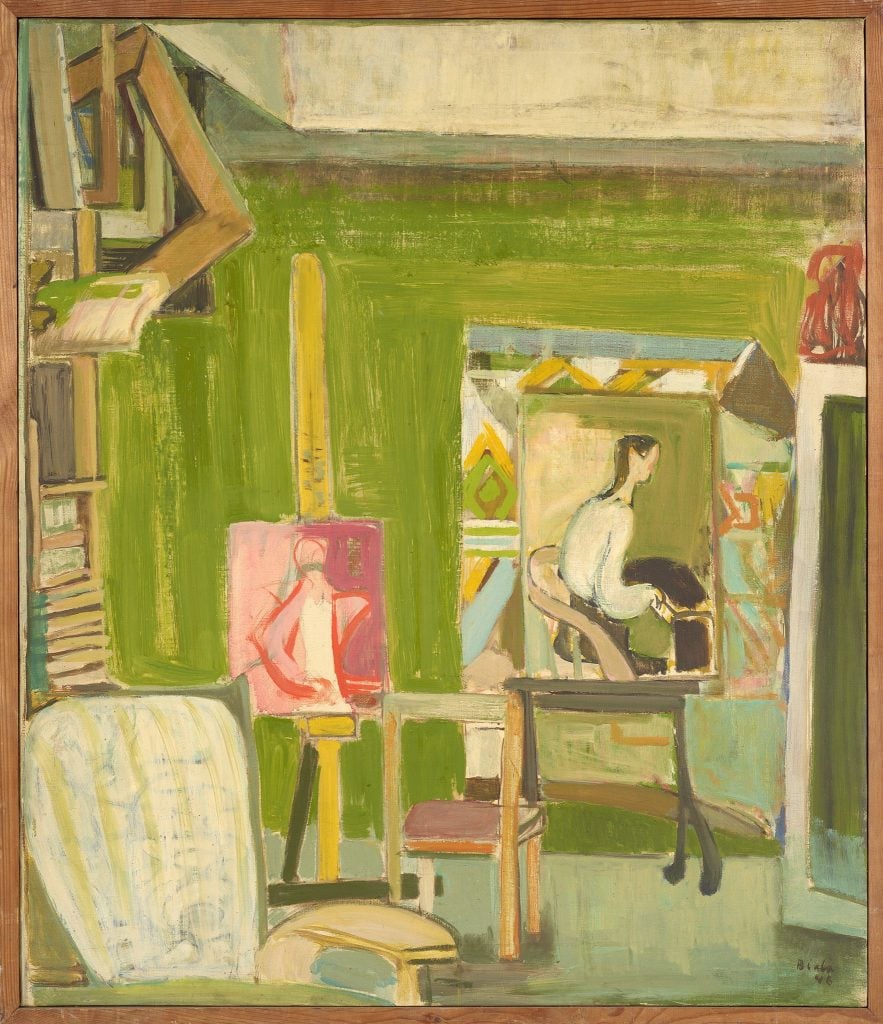
Spending much of her career in both New York and Paris, Biala influenced—and was influenced by—both city's art scenes.

Artnet Gallery Network

Every month, hundreds of galleries add newly available works by thousands of artists to the Artnet Gallery Network—and every week, we shine a spotlight on one artist or exhibition you should know. Check out what we have in store, and inquire for more with one simple click.
What You Need to Know: Presented by Berry Campbell, New York, in collaboration with the Estate of Janice Biala, “Biala: Paintings, 1946–1986” brings together more than 30 paintings—the largest showing of the late artist’s work in the city to date. The exhibition further marks the very first time many of the paintings are on view to the public. Accompanying the exhibition is a fully illustrated 100-page catalogue, featuring an essay by Manager and Curator of the Estate of Janice Biala, Jason Andrew, and an introduction by bestselling author Mary Gabriel, who also wrote Ninth Street Women (2018). “Biala: Paintings, 1946–1986” opens Thursday, March 21, and will be on view through April 13, 2024.
About the Artist: Janice Biala (1903–2000), born Schenehaia Tworkovska, maintained a unique practice that closely followed—and pioneered—the ideas and trends of 20th century transatlantic Modernism. Originally from the small city of Biała, Podlaska in the Russian occupied Kingdom of Poland, she immigrated to New York City in 1913. To assimilate, her parents changed her name to Janice; she later reclaimed the name of her birthplace, Biala, as her surname, and at the suggestion of artist William Zorach went by Biala as a mononym.
Developing a desire to become an artist at a young age, she went on to take courses at the National Academy of Design, the Art Student’s League, and trained under artists such as Charles Hawthorne and Edwin Dickinson. In 1930, she travelled to Paris, where she met and fell in love with English novelist Ford Madox Ford, who introduced her to many influential figures within the French art scene, including Gertrude Stein, Henri Matisse, and Pablo Picasso, to name a few. Following Ford’s death in 1939, and with the rising threat of Nazi invasion, she returned to New York.
Back in the city, she became a recognizable figure within the burgeoning avant-garde arts scene and one of the few women engaging with Abstract Expressionism. In 1955, the Whitney Museum of American Art acquired one of her works, the first institution to do so. Ultimately, her career spanned seven decades and two capitals of the art world, and is recognized as an imperative facet to the development of Modernism.
Why We Like It: Moving seemingly intuitively between abstraction and representation, the synthesis of elements from both the School of Paris and New York Abstract Expressionism is unmistakable. The exhibition of her work at Berry Campbell, which includes paintings dated from across a 40-year period, lets viewers visually accompany Biala through the trajectory of her artistic experiments and evolution. In early works like The Studio (1946), perspectival space is distorted but still very much discernable, offering a charming view into a green studio room. In works such as Red Interior with Child (1956) from a decade later, the depiction of space is largely relegated to the title of the painting, and the composition is overrun with swaths of vibrant pigment, with only the suggestion of a child on the right edge of the canvas. Her investigations into abstraction also didn’t stop with paint, as Casoar (The Cassowary) (1957) shows, made from collage comprised of torn paper with oil on canvas. The show is a testament to Biala being poised for not only reappraisal within the context of the art historical canon, but her singular contribution to the narrative and development of 20th-century Modernism.
See featured works below.
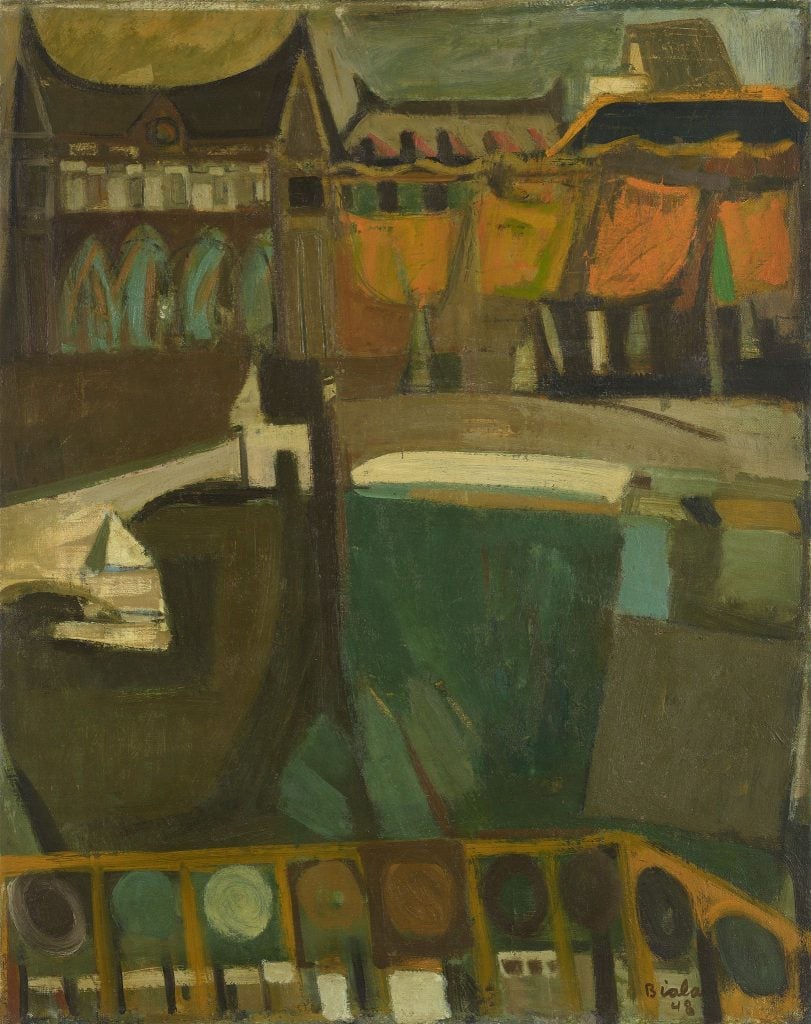
Janice Biala, Le Louvre (1948). © Estate of Janice Biala / Licensed by VAGA at Artists Rights Society (ARS), NY. Courtesy of Berry Campbell, New York.
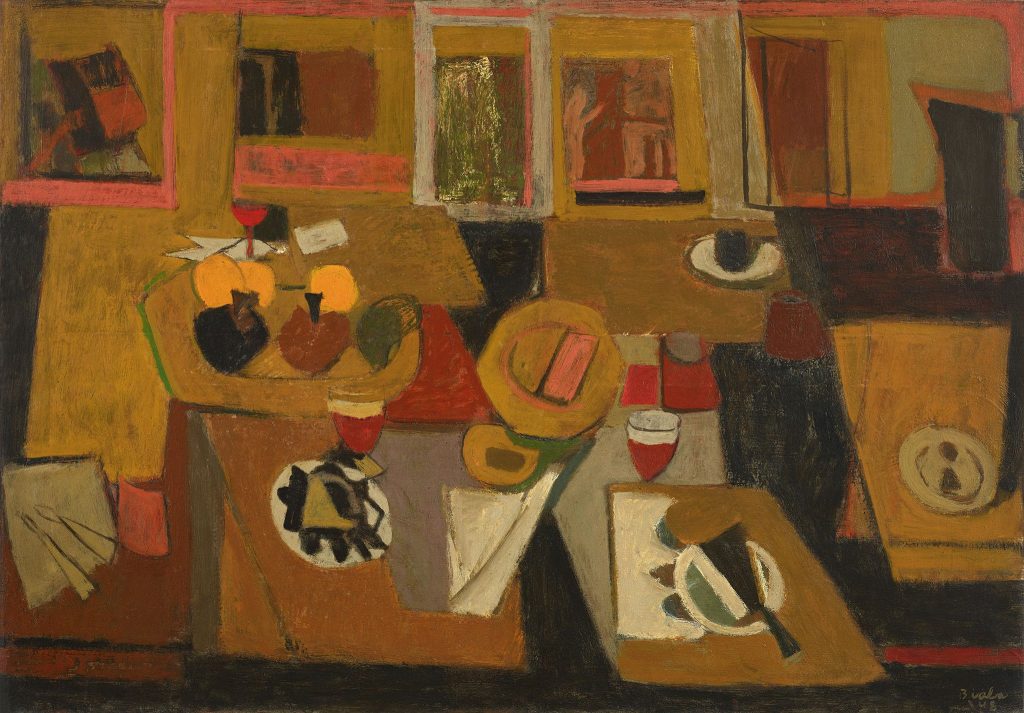
Janice Biala, Still Life at the Table (1948). © Estate of Janice Biala / Licensed by VAGA at Artists Rights Society (ARS), NY. Courtesy of Berry Campbell, New York.
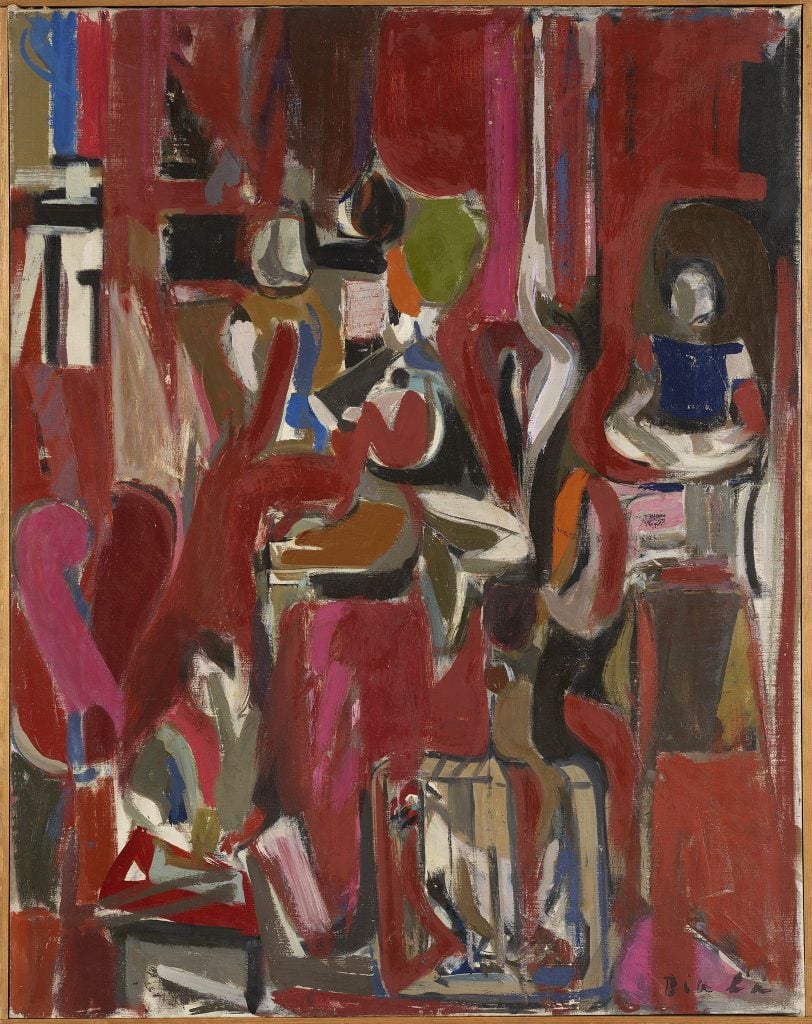
Janice Biala, Red Interior with Child (1956). © Estate of Janice Biala / Licensed by VAGA at Artists Rights Society (ARS), NY. Courtesy of Berry Campbell, New York.
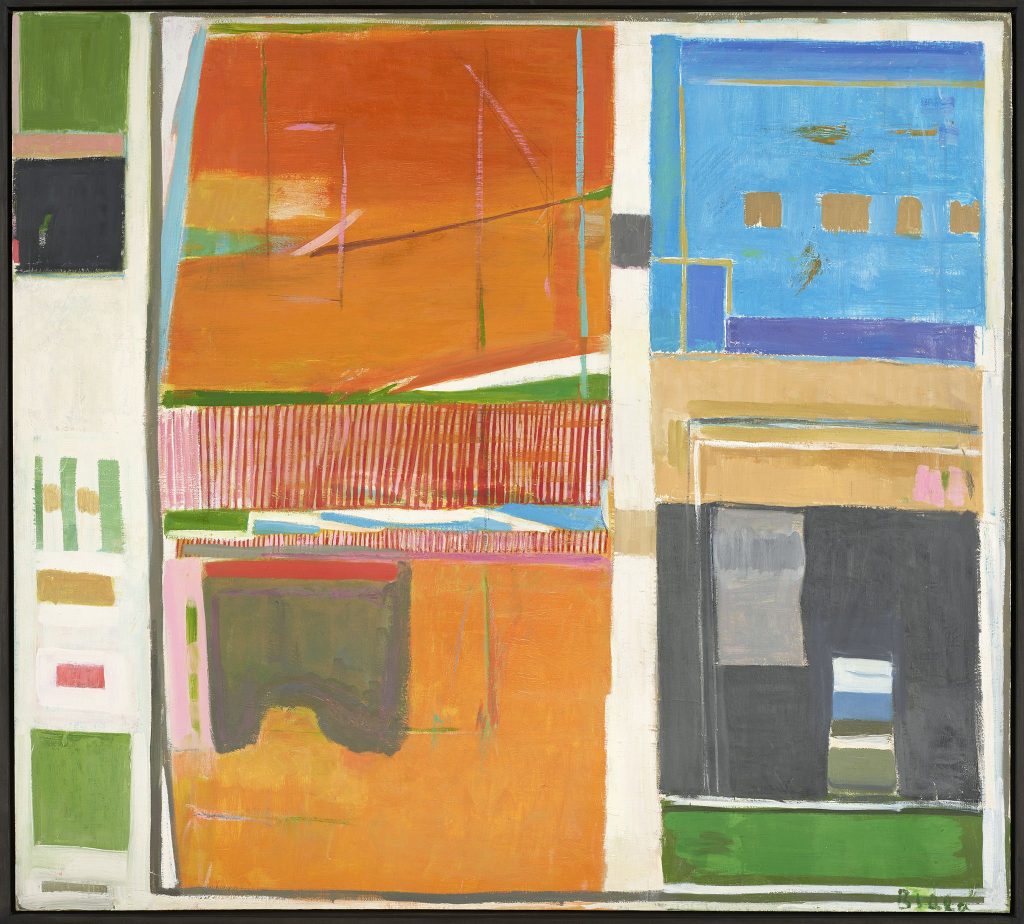
Janice Biala, Untitled (Orange Interior) (1967). © Estate of Janice Biala / Licensed by VAGA at Artists Rights Society (ARS), NY. Courtesy of Berry Campbell, New York.
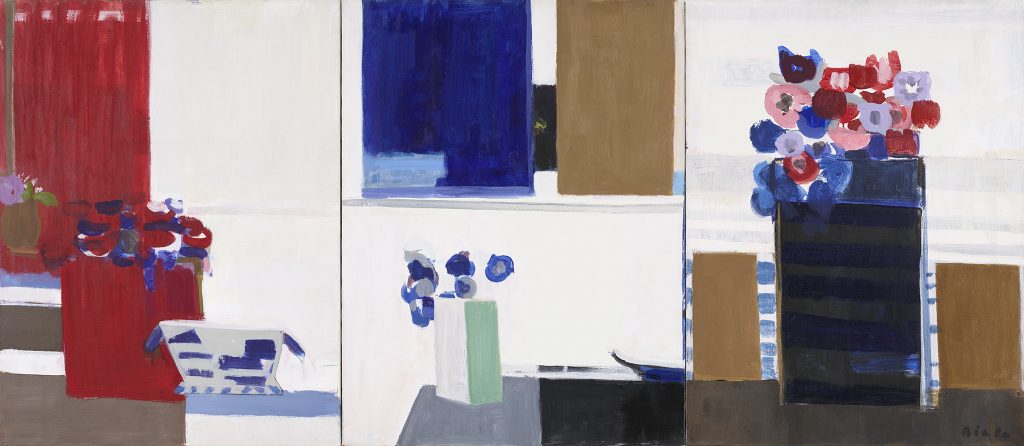
Janice Biala, Les Fleurs (triptych) (1973). © Estate of Janice Biala / Licensed by VAGA at Artists Rights Society (ARS), NY. Courtesy of Berry Campbell, New York.
“Biala: Paintings, 1946–1986” is on view at Berry Campbell, New York, March 14–April 13, 2024.